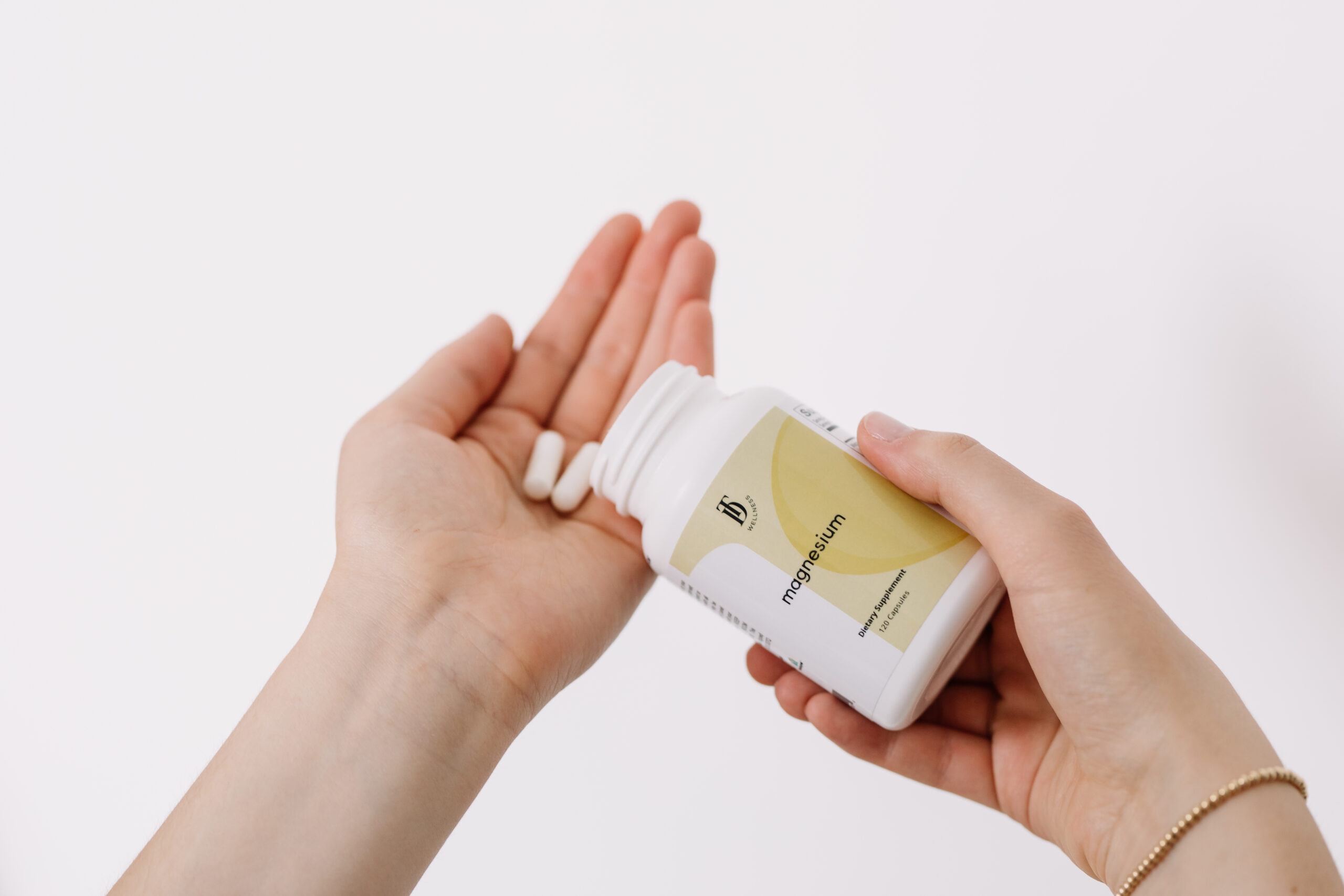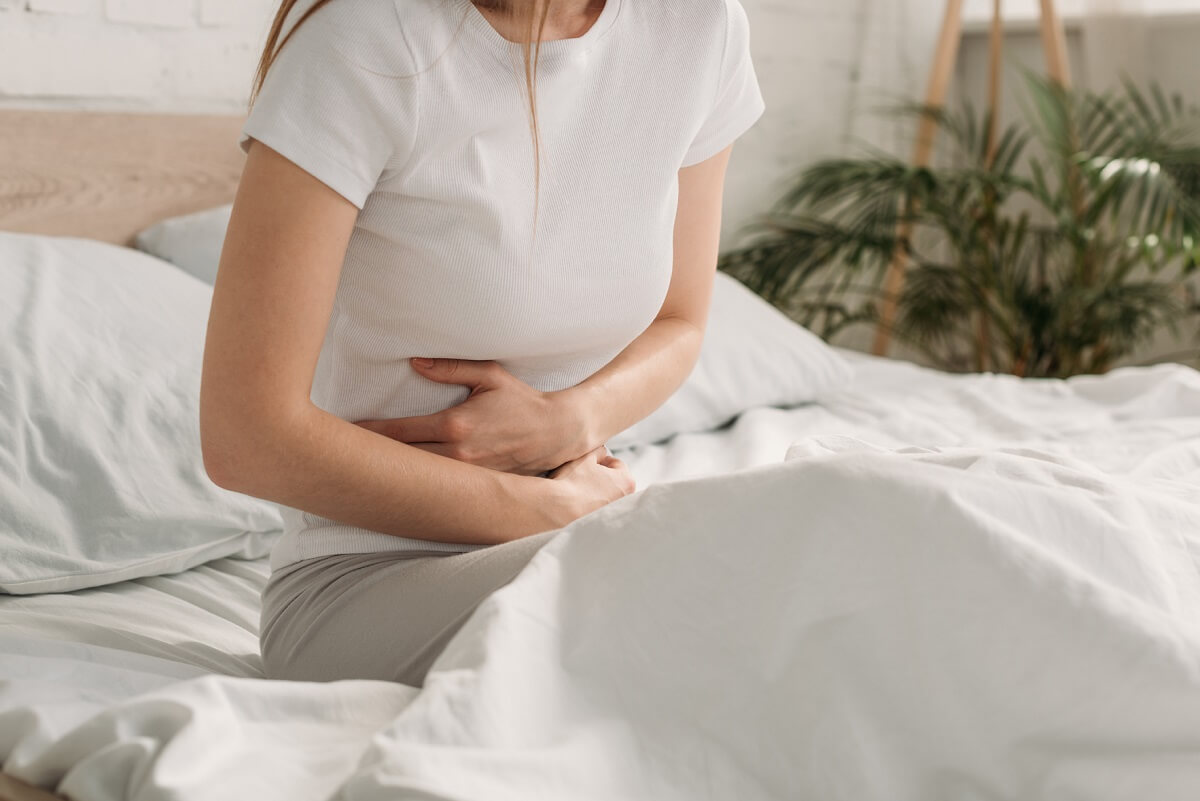13 Budget-friendly Tips for a Healthier Home

A clean home has the power to transform the mood and health of those who live in it! I’m not talking about harsh chemicals and the lingering smell of disinfectant.
Instead, I’m going to walk you through 13 doable and budget-friendly steps for creating a healthier home.
I know what you might be thinking… These changes likely come with a high price tag, but that’s not always the case. Considering our home is usually where we spend the most time, small and inexpensive changes to this environment can greatly improve our health.
Most people are surprised to learn indoor air pollution is often 2-5x higher than outdoor levels.
This exposure can lead to health issues like breathing problems, allergies, and even longer-term chronic heart and lung conditions (source). A 2019 study actually found 1 in 5 Americans suffer from respiratory issues linked to indoor pollutants. Not to mention cluttered and chemical-laden spaces can contribute to increased stress levels and decreased relaxation.
Whether you’re looking to reduce toxins, increase air quality, or simply create a more peaceful space, I have so many affordable ways to upgrade your home’s environment (in a budget-friendly way!).
Today I’ll share my top practical and cost-effective tips for cultivating a healthier living space, all without breaking the bank:
1.Toss it!
Remove from your home all perfumes and synthetically-fragranced products, including candles, plug-ins, Febreeze, conventional room sprays, conventional incense, and even any personal perfumes! These synthetic fragrances contain chemicals called VOCs (volatile organic compounds) that have the power to throw the human hormonal system out of balance. We call them endocrine disruptors.
Still want a home that smells fresh and welcoming? Try Primally Pure (use code TAYLORDUKES) candles or room sprays. Sweet Floral Sage and Cool Citrus Breeze are perfect spring/summer scents, and I love Crisp Smoky Woods and Warm Citrus Spice for fall/winter. Alternatively, you can use pure essential oils (such as those from Pranarom) and a diffuser for that “fresh home” smell without all of the chemicals!
2. Remove Those Shoes
Whatever you step on outside can be brought into your homes on your shoes soles. Unless you take your shoes off! One of the best habits you can develop for a healthier home is ensuring everyone leaves their shoes at the door. This reduces the dirt, dust, pollen, mold, and other allergens you track inside from outdoors. But also things like feces, oil, pesticides, herbicides, and other chemicals.
To encourage guests to take their shoes off at the door, we suggest:
- Leaving a shoe rack right inside the door
- Before guests arrive, set out a shoe tray near the door
- Set a pair or two of your own family’s shoes near the front door before guests arrive so they can see that others are taking shoes off as well
- A cute sign near the mudroom entry – “Please take off your shoes!”
- Offer cozy house slippers
Studies show that shoe traffic indoors is a legitimate vector for pathogen transmission. It’s an easy and free fix – take your shoes off for a cleaner home!
3. Open Windows
The EPA agrees – open your windows for improved indoor ventilation and air quality. Opening windows and doors, weather permitting, is an effective approach to lowering the concentrations of indoor air pollutants by increasing the amount of outdoor air coming in. Even just 15 minutes per day can make a difference.
4. DIY Air Filter
While it is ideal to purchase a high-quality air filter, sometimes the budget simply doesn’t allow it. Fortunately, I have a very effective and inexpensive alternative – the DIY box fan filter (originally seen from my friends at Branch Basics!). Here’s how to do it:
- Purchase a standard 20 x 20 box fan.
- Purchase a 20×20 air filter with Merv rating of 11 or higher. I love Filtrete!
- Place the filter up to the back of the fan, turn the fan on, and allow the suction of the fan to pull the filter against the fan – that’s it! You may also tape the filter in place.
I suggest running an air filter in the bedrooms, first, and then main living spaces, next. Ideally, we want to be sleeping in the cleanest air possible.
5. Out-Gas Furniture, Rugs, Etc. in Sun
Out-gassing, or sometimes called off-gassing, any furniture and/or textiles that will be brought into the home is also helpful for indoor air quality.
Many textiles and furniture contain synthetic fibers, formaldehyde, glues, and flame retardants that release chemicals into the air. These chemical inhalants can lead to so many negative health outcomes. And they can gradually leach chemicals into the air for years.
One way to combat this effect is by setting these products outdoors in direct sunlight for a period of time. This is called “out-gassing.” I suggest setting furniture and textiles outdoors until their “scent” can no longer be detected and/or 1-2 days minimum.
However, it’s now possible to find furniture and textiles that meet fire safety standards without the use of chemical flame retardants.
A few tips for non-toxic textiles and furniture:
- Go for solid wood furniture. It will not have the chemicals and glue that come along with plywood and other pressed woods.
- Choose natural fabrics — cotton, wool, jute.
- Avoid applying “stain repellent” sprays to furniture and carpets
- Choose fabrics that are GOTS and Made Safe certified
- Opt for low/no VOC paint if repainting anywhere in the home.
The materials we use in our homes absolutely affect the quality of the air we breathe. Whenever possible, choose well!
6. Swap Cleaning Products
Did you know your cleaning products could be doing more harm than good?! Similarly to those VOCs we talked about earlier, many cleaning products contain harmful, harsh chemicals and disinfectants that actually have the power to deteriorate our health over time.
Whether it is through skin sensitivities, allergy-like symptoms, or hormonal issues, the chemicals in conventional cleaners can negatively impact health for adults and children alike.
I have officially swapped all of my conventional cleaners (including laundry cleaning products!) for Branch Basics (use code TAYLORDUKESWELLNESS). When you consider how many bottles of all-purpose spray, bathroom spray, and glass cleaner one bottle of the concentrate can make, it’s actually quite affordable.
But for an even more budget-friendly option that is non-toxic and safe, simply clean with filtered water and vinegar. Consider using baking soda for areas that need a little extra elbow grease. And add a drop of essential oils for smell, if desired.
7. Swap Personal Products
Scented and conventional personal care products, like household cleaners or fragranced home products, are often simply a chemical soup of things that should not go on or into our bodies. In order to literally clear the air, switch to nontoxic alternatives that won’t release VOCs and other unwanted chemicals into the air. Here are a few of my favorite personal care brands:
- Primally Pure (use code TAYLORDUKES)
- OSEA (use code TAYLORDUKES10)
- Aleavia (use code TAYLORDUKES)
Looking for something even more budget friendly and still non-toxic? Use coconut oil as a moisturizer and makeup remover. Pure apricot oil or calendula oil are also great moisturizers!
8. Budget-Friendly Water Filtering
While a whole house water filtration system with a reverse osmosis under-the-sink system might be ideal, you may not have thousands of dollars to spend on that. Fortunately, there are economical options for water filtration that won’t break the bank! Here are the two most budget-friendly that we’ve found:
- Countertop Gravity or Pitcher Water Filter – This will sit out on your countertop, and you’ll have to refill it, but it can do a great job of filtering out pharmaceuticals, plastics, fluoride, and other chemicals commonly found in tap water. Aquasana (use code AQTDW50) has a countertop model as well as other places like CWR and Radiant Life.
- You can pick up big jugs of reverse osmosis filtered water at Whole Foods or your local health store. They often run around $2-4 per gallon.
9. Ditch the Dryer Sheets
Dryer sheets are filled with plastics and chemicals, and they don’t stay in the dryer! They attach to your clothes and rub against your skin all day long (and night, if you’re using dryer sheets for bedding!).
An easy swap? Switch from dryer sheets to wool laundry balls. They’ll get rid of static and help fluff the laundry, only without all of the chemicals. Add a few drops of essential oils to each laundry ball in order to get that “clean laundry” smell.
10. Bedding – Affordable + Organic
I love seeing the non-toxic movement go mainstream! It makes for more affordable prices and better accessibility to products that are good for our bodies. I always encourage clients to focus on the areas they spend the most time, and our beds are definitely at the top! Target, West Elm, Pact, Coyuchi, Quince, and Piglet in Bed all have organic bedding available at a wide range of prices, some being more affordable than conventional bedding at higher end stores.
You can also consider investing in a non-toxic mattress (use code TAYLORDUKES).
11. Wet Dusting
Did you know that VOCs and other harmful chemicals attach to dust particles?! For that reason, dust can be particularly irritating to the lungs or harmful for health in general.
Wet dusting is more effective than dry dusting for the actual removal of dust (as opposed to simply recirculating it).
How do you do it? Grab a microfiber cloth and wet it down. Wring it out until it is just barely damp. And dust! Easy peasy, and so much more effective than dry dusting.
12. Vacuum Regularly
Carpets and floors can hold onto chemicals, dust, and anything else that’s been tracked through the home. Vacuuming regularly is an easy way to reduce the toxic load of a home. It’s important to vacuum with a HEPA (High Efficiency Particulate Air) filtration vacuum in order to ensure the machine is actually picking up and retaining the dust rather than spraying it throughout the home. With a HEPA-certified filter, you can rest assured your vacuum is trapping dust particles down to the tiniest size.
Regular use of a HEPA vacuum helps reduce dust, pollen, allergens, and other small particles that may settle in your home. Empty your vacuum bin often and be sure to clean your filter regularly.
13. Use the Bathroom Exhaust Fan
I’m all for a hot and steamy shower, but it can become a problematic practice without proper bathroom ventilation. If not exhausted to an attic or outside, the moisture can build up inside the bathroom and create perfect conditions for mold. To inhibit the growth of mold, be sure to utilize your bathroom exhaust fan. Turn it on 15 minutes prior to a shower or bath, and continue to let it run for at least 30 minutes after. If you don’t have an exhaust fan, open a window. If you don’t have a window, consider purchasing a small fan and circulating the air with an open door after bathing.
If your home easily retains moisture in general, I would also consider getting a dehumidifier.
Make these small, affordable changes to your home, and breathe easier knowing the air is cleaner and clearer. You truly can make your home a space that promotes health and wellbeing – from the air you drink to the water you breathe!
More Resources:
Interested in learning more simple ways to improve your health? Check these out!
Share This Post:
Your Wellness Deep Dive
- Be the first to learn about new healthy living resources, blog posts, and exclusive TDW offerings by getting on my insider list.
- Find healthy living products with ingredients you can trust – the same ones I personally use for myself and my family – in the TDW Shop. Check out our protein powders, electrolytes, supplements, and more!
- Get personalized support through the TDW Community. When you become a member, you get access to functional medicine expertise from me and my team, functional medicine lab testing and 1:1 consults, a digital library of exclusive wellness content, live monthly Q&As with me, and so much more!
YOU MAY ALSO LIKE:
Helping you get your gut right, improve energy, boost immunity, balance hormones, sleep better and look + feel your best
DISCLAIMER
PRIVACY POLICY
TERMS + CONDITIONS
ACCESSIBILITY
© 2025 Taylor Dukes Wellness
LEARN
SHOP
ABOUT
TDW Community
Free Guides
Blog
TDW Store
Fullscript
About Taylor
Press
Contact
COOKIE POLICY
SITE CREDIT
Trusted Products



